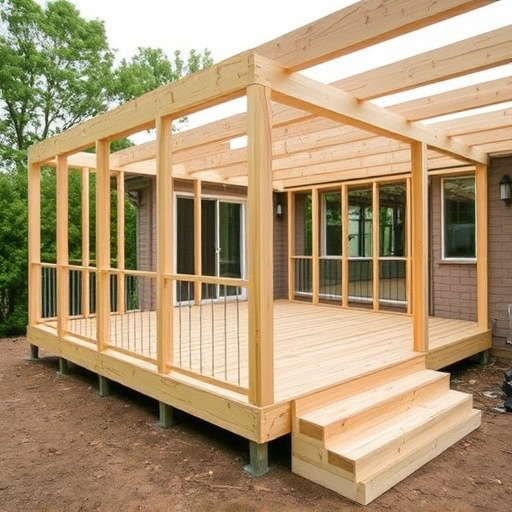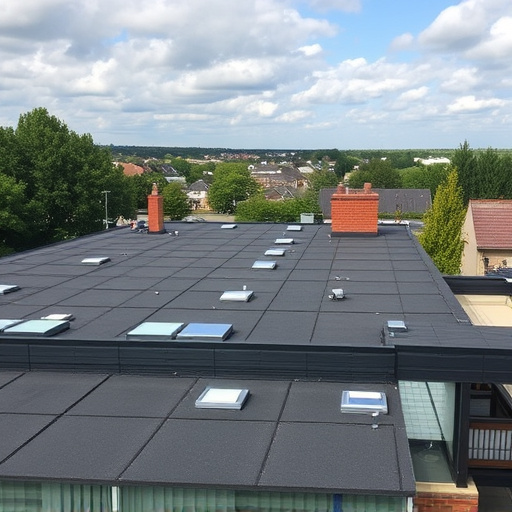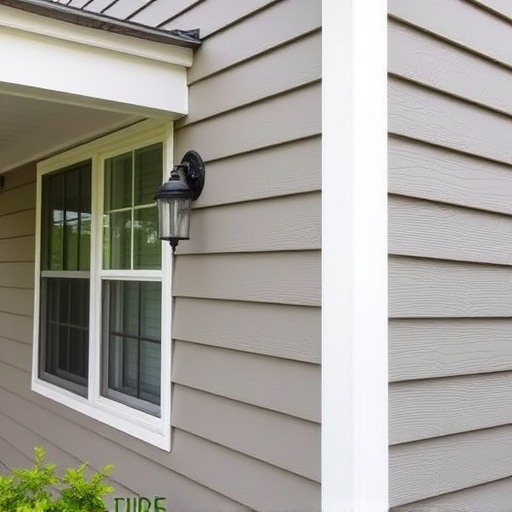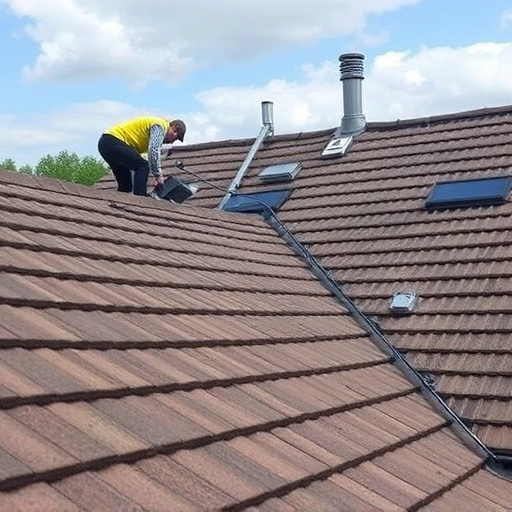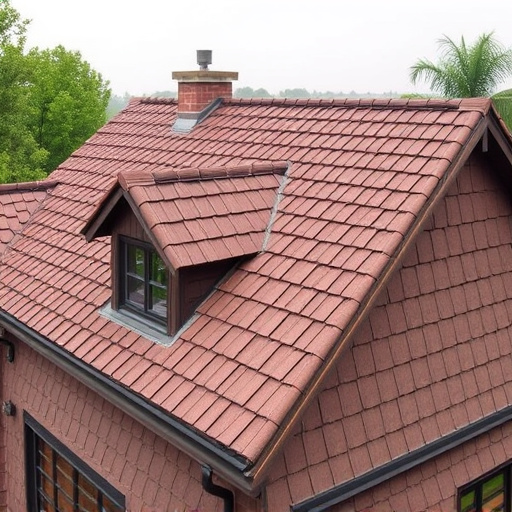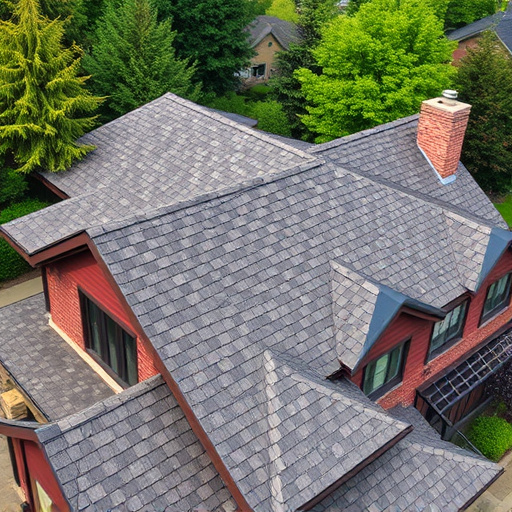Siding services involve assessing repair/replacement needs, inspecting exterior damage, and selecting materials suited to climate and aesthetics. Project duration varies from a few hours for minor repairs to over a week for extensive installations, influenced by material type, weather conditions, and labor availability. Efficient project management and clear communication are crucial for timely completion despite these variables.
Wondering how long that siding project might take? The duration of a typical siding services job varies based on several factors, from the size and complexity of your home to the type of siding chosen. This article breaks down the scope of siding work, explores key influences on project timelines, and provides average completion times for various types of siding installations, empowering you with insights into what to expect during your own siding services endeavor.
- Understanding the Scope of Siding Work
- Factors Affecting Project Duration
- Average Completion Times for Different Projects
Understanding the Scope of Siding Work
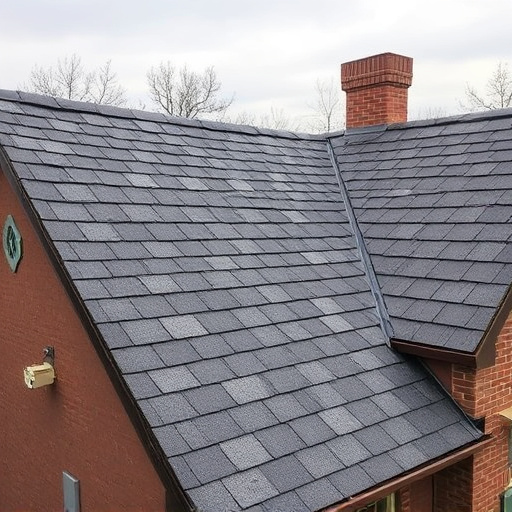
Understanding the Scope of Siding Work
Before diving into the timeline, it’s crucial to grasp the scope of siding services. This involves assessing the type and extent of repairs or replacements needed, whether it’s due to regular wear and tear or storm damage repair. Professionals will inspect your home’s exterior, taking note of any damaged, missing, or decaying boards, as well as the overall condition of the existing siding. They may also provide advice on the best materials for your exterior home improvements, considering factors like climate, aesthetics, and longevity.
During a roof consulting session, experts will evaluate the structural integrity of your roofline, checking for leaks, gaps, or other vulnerabilities that could impact the overall project. This detailed examination ensures that any siding work is done accurately and effectively, aligning with safety standards and enhancing your home’s curb appeal. The scope also includes planning for waste removal and disposal, ensuring a clean and efficient job site throughout the project duration.
Factors Affecting Project Duration

The duration of a siding services project can vary greatly depending on several factors. One of the primary influences is the size and complexity of the residential siding job. A simple replacement for an older siding on a smaller home may take only a few days, while a complete re-siding of a larger property with intricate designs could extend the timeline to a week or more. The type of material chosen also plays a significant role; vinyl siding installation typically speeds up the process due to its easy application, whereas architectural shingles or wood shakes might require additional time for precise fitting and finishing.
Weather conditions are another critical aspect that affects project duration. Unfavorable weather, such as heavy rain or strong winds, can delay work, especially if there are safety concerns. Moreover, the availability of labor and equipment can impact scheduling; during peak seasons, finding a reliable contractor who is readily available might be challenging, potentially leading to extended waiting times. Efficient project management and clear communication between homeowners and siding service providers are key to ensuring timely completion, regardless of these variables.
Average Completion Times for Different Projects

The average completion time for a siding services project can vary significantly depending on several factors. Smaller jobs, such as repairing or replacing a few damaged boards on a residential siding, may take just a few hours for a skilled professional to complete. In contrast, larger projects involving the entire home exterior services or siding installation on an expansive property can easily stretch over a week.
Complex renovations that include structural repairs, extensive re-sheathing, or the addition of specialized materials like vinyl or fiber cement siding will naturally take more time due to the meticulous work required. Weather conditions also play a crucial role; delays are common during inclement weather, as many professionals prefer to work in dry and safe conditions to ensure high-quality residential siding installation.
When planning a siding services project, understanding the average completion times is essential. Depending on the scope and complexity of the work, projects can typically range from a few days to over a week. Factors such as climate conditions, the size of the property, and the type of materials used significantly influence the duration. By considering these elements, homeowners can better prepare for the timeline and ensure their siding installation is completed efficiently.



